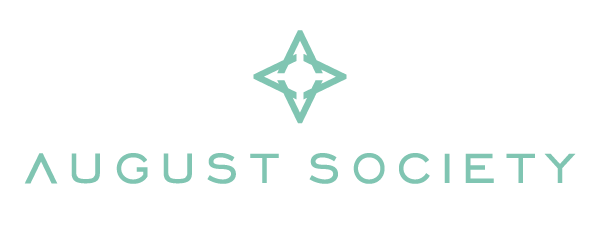
As many of you may have learned from my previous interviews and profiles, I am not a designer by training - I have a couple of business degrees and years of corporate marketing and consulting work under my belt. So coming into this industry I was really good at making spreadsheets and presentations... but this wasn't exactly super useful when I needed to actually put pen to paper to create my designs. I needed to translate an image from my brain into something that someone else can understand! That would be the pattern makers and factory seamstresses, who would create my pieces.
I've had many people ask over the years how I do it, so I put together this behind the scenes peek into my creative and technical process. As I'm self taught, a lot of this is probably not what they'd teach you in fashion school!
1) Research and Inspiration

I start off each collection by looking back at our customers' feedback. I reexamine previous styles, prints and features that were popular, think about what customers have told us during events and through reviews, and consider requests. As a small brand, being able to connect with our customers is one of our big advantages.
I then do a lot of research – I walk around the shops, go online, peruse magazines and look at social media. I collect clippings of colours, prints, images or styles that catch my eye. At the time I never know what I might use these things for, but I take bits and pieces for inspiration. I also use trend reporting tools to see what consumers are buying.
2) Style Design

Then I start the design process – I think about the building blocks of each swimwear collection – women’s one pieces, bikini separates, rash guards, mens and kids styles. Details are important; both functionality from a sustainability, longevity and comfort perspective matter. I think about coverage and how pieces can be used.
I do everything on the computer, using mostly Adobe Illustrator, so you'll rarely see hand sketches of my designs. Since I don’t come from a design background, I don’t necessarily adhere to traditional design steps; a lot of it is trial and error. This is where doing things on the computer help save a lot of time and effort – I can play around, changing colours and details, until I get the right look. Often I don’t know what it will be until I see it!
3) Print Design

The same goes for designing prints, as all of our swimwear prints are designed by me. I usually play around with 30-40 rough print designs before I finalize the three or four that go into each collection. I choose motifs that I find interesting, combine them together and create repeating prints using Adobe Illustrator. At the beginning I did have to teach myself how to do seamless repeating prints, which I now use in every collection. Then, I look at different colour palettes for inspiration and fill in all of the elements. I'll usually do multiple colour variations of each print to see which one works the best.

After finalizing the prints and colours, I’ll lay out all of the different styles and colour options into the full collection. As with most factories, I have minimum quantities to produce for each style and print so I put it all together to see what works.
4) Tech Pack

Once the collection has been finalized, I then need to translate my ideas into something that the factory can understand. Their workers need to be able to create fabric patterns for cutting and sewing all of the different elements together. This is where tech packs come in - they are detailed instructions for the factory of the designs, including measurements, fabrics, trims and accessories such as zippers. The more detail I can provide the better, to ensure that they fully understand the requirements of the styles and prints.
5) Print Strike Off

I send the print files to the factory, who use a printer to print my digital files onto the fabric. The printer will also do a test print to make sure the colours and details come out correctly.
6) Sampling

Once the factory receives the tech packs, they will begin the process of sampling, where their designer translates the instructions into patterns, using a CAD program. They sew a sample, which gets sent to me, and I give them feedback on what changes I’d like to make. We might require another round or two of sampling to get the design just right.
Once we finalize the design, then the factory orders fabric and moves into production! In part two of this series, I’ll show you around our factory so you can see how your swimsuits are made, so follow us to make sure you don't miss it!
Stay safe,

Toni Chan
August Society Founder & Creative Director
